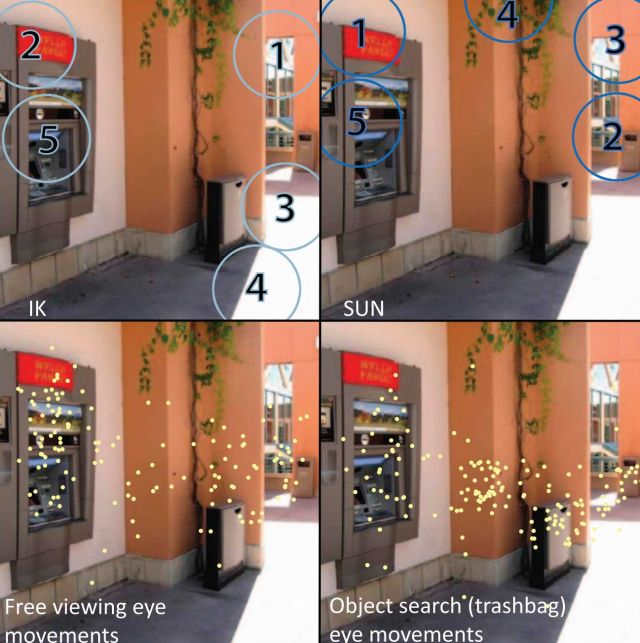Eye Movements

What are the processes that guide eye-movements during visual search, face and object and recognition, scene understanding, social interaction, etc.? How much does performance in the final perceptual decision depend on particular eye movement strategies? Do the neural mechanisms driving saccades use similar visual information as those mediating perceptual decisions? And finally, can we use natural images and simulate the process of evolution to give rise to some of the properties of the human brain mechanisms used for visual tasks during natural behavior in the real world? These are some of the questions we are currently investigating.